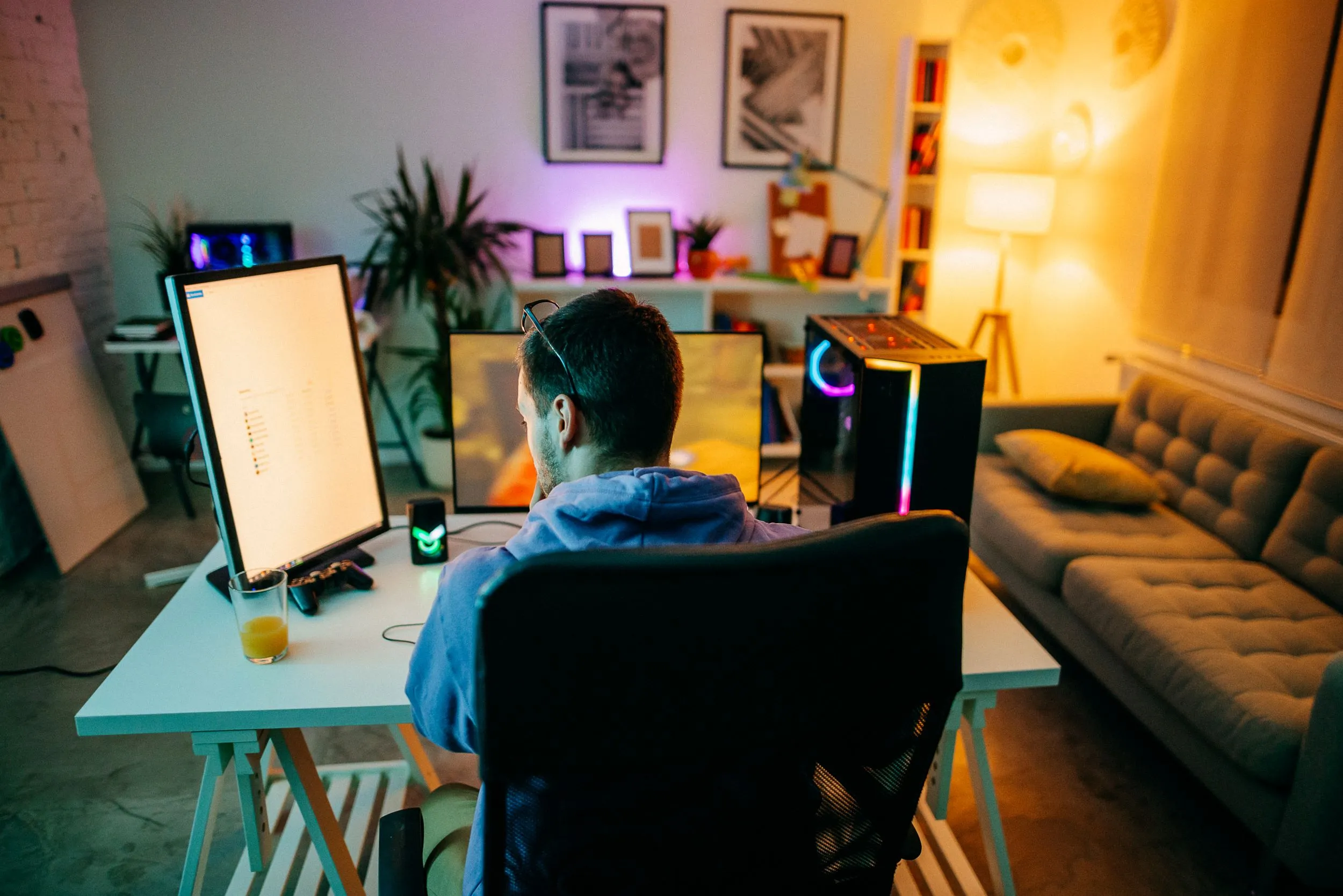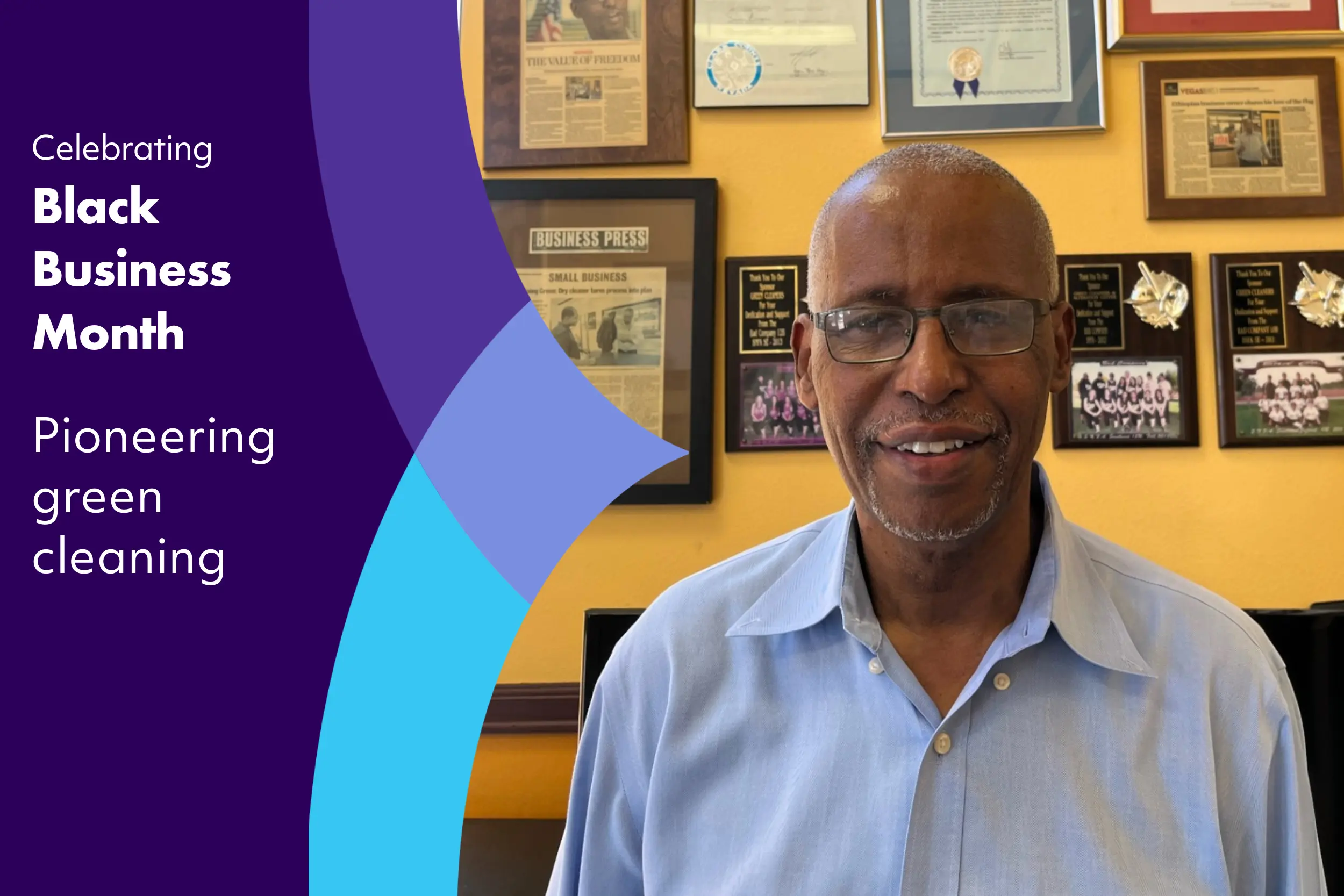There is a common misconception that practicing mindfulness in the workplace can take up a significant amount of time, therefore impacting productivity levels among employees.
Quite the opposite is true. Studies have shown that short moments of mindfulness–approximately ten or so minutes–can allow employees to be more productive and helpful. These brain breaks have proven to even improve attention skills, while increasing rational decision making and problem solving skills; therefore, leading employees to think in a more divergent way.
But why?
The premise is simple–lack of mindfulness causes individuals to complete tasks on autopilot. And employees on autopilot complete the tasks at hand without acknowledging why. They easily lose interest in the work they’re doing because it’s no longer exciting. How can something be exciting when you’re simply trying to check boxes off your to-do list?
This is where mindfulness comes in. It helps individuals respond to their external environments more consciously rather than compulsively. The result enhances emotional intelligence, leading to more fruitful collaboration and a more positive company culture.
So, what does being mindful at work look like?
Be aware of how you transition.
So often we move from home, to work, to socializing, and back home without acknowledging the transition. The cup of coffee that spills at 7am causes frustration that then seeps into your 8 o’clock department meeting. Your negative attitude in the meeting causes your boss to become agitated, creating more tension within the workplace. Then, after work, your pent-up irritation carries over to the dinner table, creating a standoffish atmosphere within your home. Without even realizing it, one action–your cup of coffee spilling at 7am–has now defined the entire mood of your day.
Being mindful doesn’t have to mean doing a 10-minute app-driven meditation during your lunch break (although it can). Instead, you can demonstrate mindfulness just by acknowledging the transitions throughout different parts of your day. For example, your cup of coffee spills before heading into work. While it’s not ideal, once you sit down for your 8am department meeting, focus on becoming aware of what is happening in that given moment. Awareness and mindfulness go hand-in-hand. Mindfulness allows you to be fully present in a given moment, whereas awareness allows for mindfulness to happen as you take in your surroundings.
Create a defined work environment.
To say the lines are now blurred between work-life and life-life is an understatement. Working from home has turned dining room tables into offices, bedrooms into conference rooms, and kitchens into break rooms. There isn’t a defined off switch. Your work environment is also where you live. Literally. Taking time to establish a defined workspace is key to being mindful when working from home. Whether you’ve converted a closet into a desk space or you’re using the guest bedroom for meetings, defining a distinguishable workspace allows your brain to acknowledge Okay, I’m out of the guest bedroom. It’s not time to work. It allows for a more distinguished transition.
For some, WFH is the new normal and going back into the office is a thing of the past. But for others, offices are reopening, and your cubicle is now your defined work environment again. The same rules apply. Allow yourself to only work at your desk. For example, this can mean taking an away-from-desk lunch break. Working and eating at the same place forms a cognitive connection between the two tasks which can lead to the formation of an unintentional behavior. If you begin the habit of taking lunch from your desk, when you sit down to work, your brain is going to tell you that you’re hungry, or when you go to eat, you may have the sudden urge to check your email. Regardless of where you work, creating a defined environment for it is an important step in being mindful.

Avoid multi-tasking.
Be honest. How often do you listen to a co-worker rattle off a list of tasks they need your help with while responding to an incoming email? For many, this sequence of events is all too common. Multi-tasking, in theory, can seem productive, But in reality it typically does more harm than good, causing your overall efficiency to drop by 40%. Studies have shown that only 2.5% of people can multitask effectively (And I know what you’re thinking–you’re in that 2.5%. I hate to be the bearer of bad news, but statistically, no, you’re probably not).
So, what does that mean for the other 97.5% of us?
Tackle one task at a time. Be mindful of what you’re working on in any given moment. If you’re having a conversation with your co-worker about an upcoming project, return to the email you were drafting after the conversation is over. While they’re conversing with you, make eye contact and take the time to fully understand what they’re saying to you. Afterall, awareness is the first step towards mindfulness.
Allow unscheduled, consistent mindfulness breaks.
“Unscheduled, but consistent? How is that possible?”, you may be thinking. Here’s how. Once you become aware of your transitions, you’ll be able to acknowledge when you’re transitioning from being truly productive to entering autopilot. As you feel the autopilot wanting to take over, allow yourself a mindfulness break. This can mean taking a five-minute walk around the office, doing a 10-minute meditation from your desk, or even just allowing yourself to get up and refill your water or coffee. During this time, allow yourself to acknowledge the transition. If you’re feeling overwhelmed with a project and you find yourself staring at the numbers without analyzing them, this may be your mental cue to take a break. Allowing yourself these unscheduled, yet consistent, mindfulness breaks will not only improve your productivity but will also help mitigate digital fatigue.
Overall, increased mindfulness within the workplace has been proven to contribute to happier, healthier, and more productive employees. So, whether you’re working for a large company or a small one, at-home or in-office, your business and your mental health is more likely to prosper if you take the time and actions to be mindful in the workplace.








